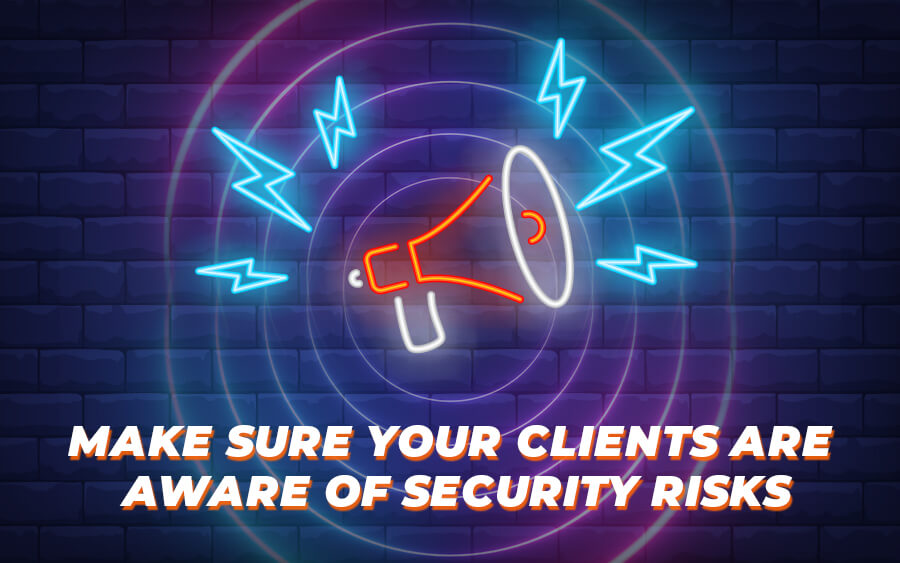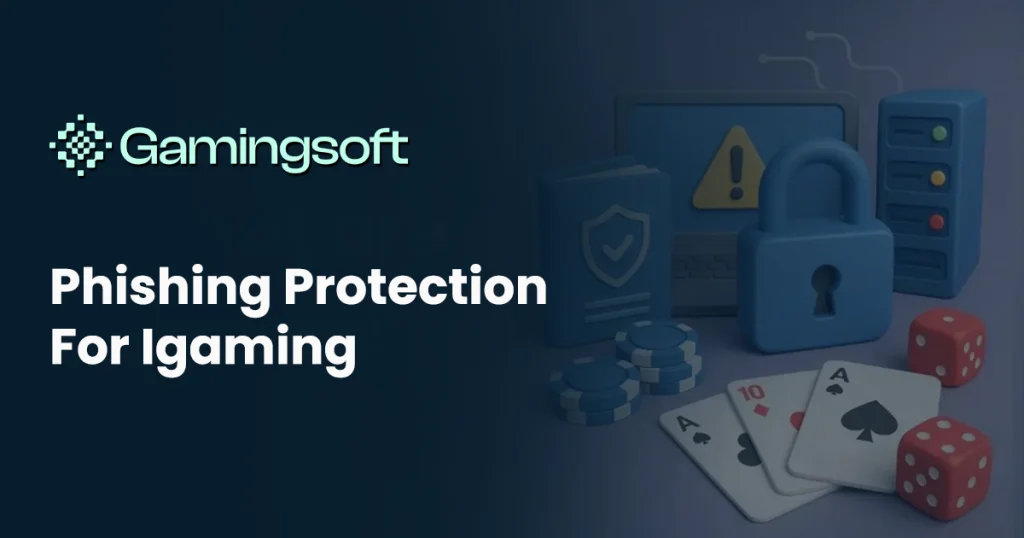Phishing remains one of the most common and damaging cyber threats in iGaming. Attackers use fake websites, cloned emails, and deceptive messages to trick players into sharing credentials or payment details. For operators, a single breach can lead to financial loss, legal issues, and a serious hit to player trust.
That’s why phishing protection isn’t just an IT concern — it’s a core business priority. Every operator must ensure that their platform, partners, and players are protected from these evolving social engineering attacks. In this article, we’ll explore how to strengthen your phishing defenses, detect threats faster, and safeguard both your users and your brand reputation.
Why Phishing Protection Matters in iGaming
iGaming platforms handle confidential user data, money transactions, and identity verification. A successful phishing attack doesn’t just steal credentials — it undermines your entire business ecosystem.
Players who fall victim to phishing often lose funds, blame the platform, and may publicly call out the brand. The risk is not merely financial — it’s reputational and regulatory.
Ensuring phishing protection is a core part of your security posture and trust-building with users.
Common Phishing Tactics in iGaming
Understanding how attackers operate helps you build better defenses. Common tactics include:
- Spoofed Emails pretending to be from your platform, asking players to “verify their account”.
- Fake landing pages mimicking your login screens, used to capture usernames & passwords.
- SMS / SMS phishing (smishing) or instant messages guiding users to malicious links.
- Social engineering via support channels, tricking agents to reveal account info.
By knowing the patterns, you can architect controls that neutralize these threats before they escalate.
Key Strategies for Phishing Protection
1. Use Strong Email Authentication (SPF, DKIM, DMARC)
Implementing Sender Policy Framework (SPF), DomainKeys Identified Mail (DKIM), and DMARC ensures that only authorized servers can send emails on behalf of your domain. This reduces email spoofing significantly.
2. Implement Anti-Phishing Tooling & Link Scanning
All incoming and outgoing communications (emails, SMS, in-app messages) should undergo link scanning. Tools that detect malicious domains or URL redirects in real time help block phishing links before they reach users.
3. Two-Factor Authentication (2FA) Everywhere
Require 2FA (e.g. SMS codes, authenticator apps) for login, password changes, withdrawals, or account settings. Even if credentials are compromised, 2FA adds a critical layer of defense.
4. Educate Users through Security Notices
Regularly remind players about phishing risks and verification practices. Use banners, email footers, or popups to instruct them to never click unknown links or share credentials.
5. Monitor & Respond to Threat Reports
Have a system where users can report suspicious emails or links. Monitor domain registrations similar to yours and act swiftly to take down phishing sites.
6. Secure Support Channels
Ensure your support staff are trained to verify user identity carefully and never disclose sensitive account details through chat or email unless verified.
7. Send out a warning message
The first and the most important thing is to send an official warning message to all your clients and potential clients who gave you their email. The warning message should inform the recipients about the phishing scam related to your company. Explain how cybercriminals work and how they trick clients into paying them.
8. Only use secure communications
Use your official email and make sure that you have an email service that uses secure email technologies. These technologies may not totally stop criminal attempts, but every little bit helps — they will definitely make your email more secure as your clients will be able to differentiate between legitimate and fake emails.
10. Educate Your Clients

Have a section on your site where you post educational content that will discuss common types of scams. You can also send out newsletters to your clients and give them useful tips and tricks for achieving security.
No matter how tech-savvy your clients are, they are still human and can make mistakes — so it’s very important to mention that they should always be careful. Remind them not to trust everyone if your company is being impersonated.
Connecting Security to Your Platform Ecosystem
Phishing protection doesn’t exist in isolation — it must integrate with your entire security architecture. Whether you use APIs, aggregators, or third-party integrations, you must ensure that attacker vectors are closed end to end.
Internal communication between services, logging/tracing, and secure token exchange all help maintain integrity.
For broader security perspective, see our guide on “Information Security in iGaming“. Also, if your platform uses multiple providers, architecture matters — read about our integrated system in “GamingSoft’s API Aggregator: Your Gateway to Seamless iGaming Integration“.
As part of your platform growth strategy, aligning security with operations is vital. You can explore more in “Key Strategies for Running an iGaming Platform“.
Elevate Security with GamingSoft Connect+
To maintain operational strength, your security modules must integrate seamlessly — and that’s what GamingSoft Connect+ offers.
Connect+ provides unified API layers that understand token handling, secure user sessions, and aligned security controls — giving you stronger phishing defenses across the stack.
Adopt a Secure White Label Solution
If you’re launching or scaling, security should be baked into your foundation. With GamingSoft’s GS Intelligent B2B White Label, you get a turnkey platform built with security best practices — including phishing protection, identity management, and compliance from day one.
Final Thoughts
Phishing attacks are inevitable — but their success doesn’t have to be. For iGaming operators, establishing robust phishing protection strategies is not optional; it’s a core responsibility.
By combining authentication protocols, 2FA, education, monitoring, and platform-level integration, you build a fortress that protects both your users and your brand.
In the race for user trust, security becomes your competitive edge. Build it carefully — and confidently.





